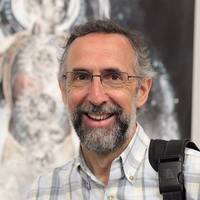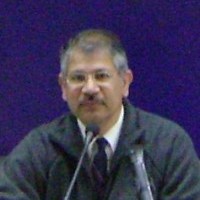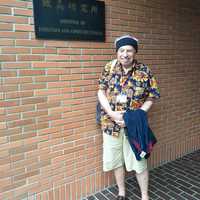International Journal of Art, Culture, Design, and Technology
The performance “Assum Livre” integrates a sequence of artifacts first presented for a PhD thesis... more The performance “Assum Livre” integrates a sequence of artifacts first presented for a PhD thesis, “Backyard of Sounds: A Path to Sound Immersion.” It was recently recreated in a cyberspace event, hence its transcription as a cyberperformance. It consists of an artistic proposal that seeks to reflect on freedom and imprisonment, evoking a metaphor that recreates the experience of the lockdown in 2020–2021. The performance is based on streaming a video recorded with the author and singer performing part of Teixeira's and Gonzaga's song, “Assum Preto,” simultaneously with the live performance of the other stanzas of the song. These alternate with the presentation of the lyrics and the materialization of the performer. As a backdrop, the authors have a projection of natural scenery representing freedom, depicting the natural habitat threatened by human intervention, enhanced by the natural soundscapes, and integrating the hybridization of image, sound, and live performance. Dis...











Uploads
Papers by José Bidarra
The learning environment isn’t fixed and technology is far from static, so instead of developing new digital learning spaces, perhaps universities may be better off embedding digital technologies across the spaces they already have. This means that spaces and application interfaces won’t be as important as “smart” solutions - such as AI and blockchain - that can respond in real-time based on the analysis of data and the patterns of personalized use.
Stories may have high impact in the development of resources for blended learning, and could well replace some forms of traditional teaching (such as expository lectures) but more likely they will remain just an alternative to other more conventional education methods.
The trend towards learner centred strategies and collaborative learning shows the way to learning designs that should incorporate factors of knowledge construction (predominantly in group activities), authentic learning, and personalized learning experience, which merges agreeably with the integration of other factors such as games, digital storytelling, science inquiry, and technologies that are able to engage “Millennial” students.